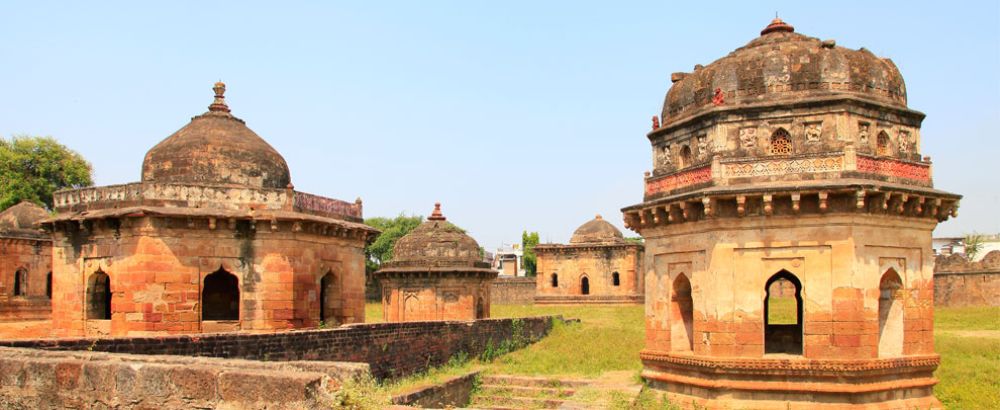

The Chandrapur Fort, also known as Chandrapur Qila, is a testament to the rich historical tapestry of Chandrapur, located in the state of Maharashtra, India. The city's name, 'Chandrapur', is derived from the fort itself, indicating that the fort was a significant landmark in the city’s identity. Historical Significance The Chandrapur Fort has a history that dates back to the 13th century. It is believed that the Gond Kings originally built the fort, who ruled over the area. Later, the fort witnessed the rule of the Bhonsle kings from Nagpur before falling under British control. Tourism in Chandrapur Chandrapur historically has been a prominent location for tourists with an interest in history, architecture, and culture. The fort, being a central attraction, contributes significantly to the city's tourism. Tourists from various parts of the country visit the fort to get a glimpse of its architectural grandeur and to learn about the city's storied past. The fort's high walls, bastions, and gateways provide a vivid throwback to medieval times. In addition to the fort, Chandrapur has other attractions that have contributed to its tourism portfolio, such as the Tadoba Andhari Tiger Reserve, which offers wildlife safaris that are in high demand among nature enthusiasts. Latest Tourism Trends Recently, the emphasis on eco-tourism and wildlife tourism has seen a rise in Chandrapur. The Tadoba Andhari Tiger Reserve is not only a haven for biodiversity but also plays a pivotal role in attracting visitors looking for an authentic wildlife experience. The government and local bodies have focused on improving tourist infrastructure, making visits to the Chandrapur Fort more accessible and enjoyable. Preservation efforts for the fort and surrounding historical sites have become more prominent, striving to maintain the city's rich heritage. Moreover, cultural festivals and events around the fort have been curated to provide tourists with immersive experiences. Challenges and Opportunities While Chandrapur's tourism has flourished over the years, there remain challenges such as maintaining the delicate balance between development and conservation. Ongoing efforts to ensure responsible tourism, which promotes environmental sustainability and cultural conservation while fostering economic growth, are a high priority. Conclusion Chandrapur Fort has seen a significant history unfold within its boundaries and continues to be a beacon of historical tourism in Maharashtra. As tourism trends evolve, Chandrapur is adapting to new demands while keeping its history and culture at the forefront, ensuring that the legacy of Chandrapur Fort lives on for future generations.